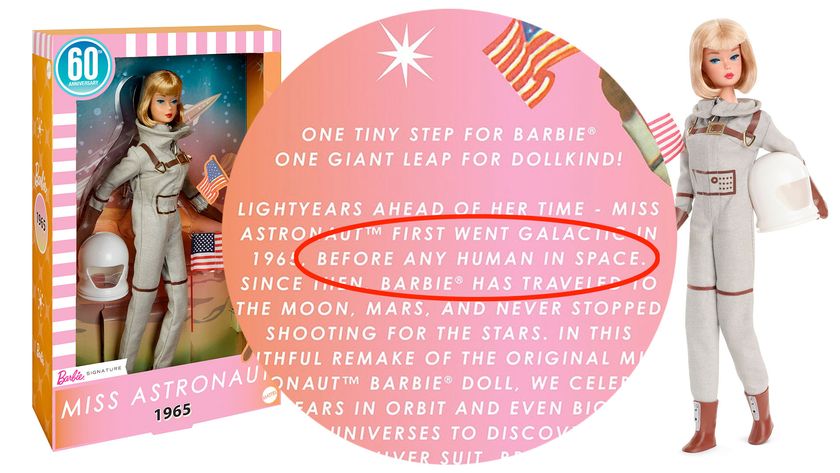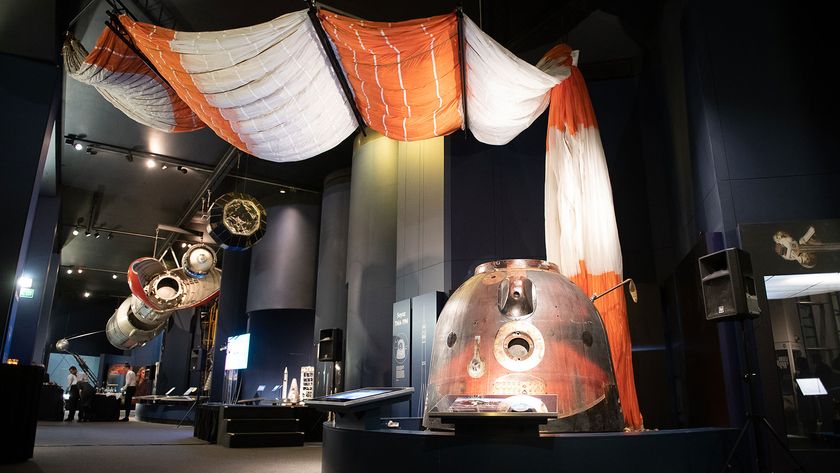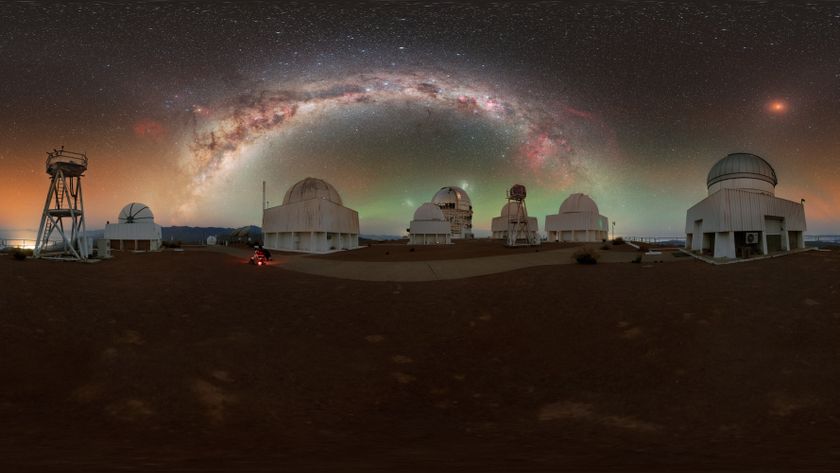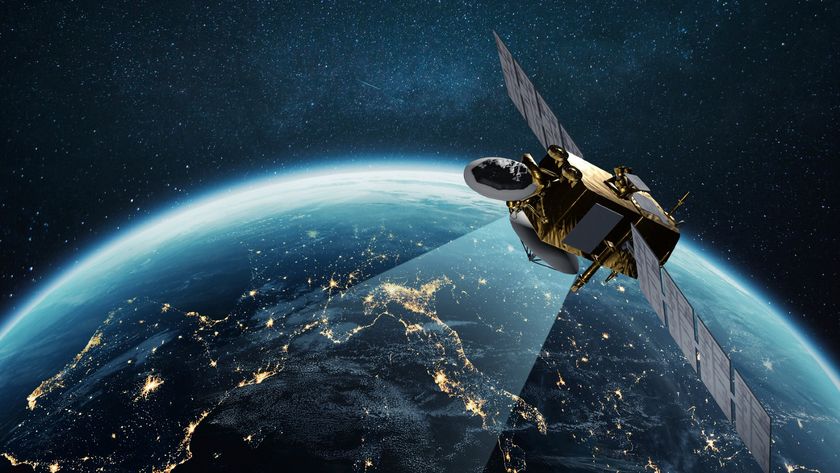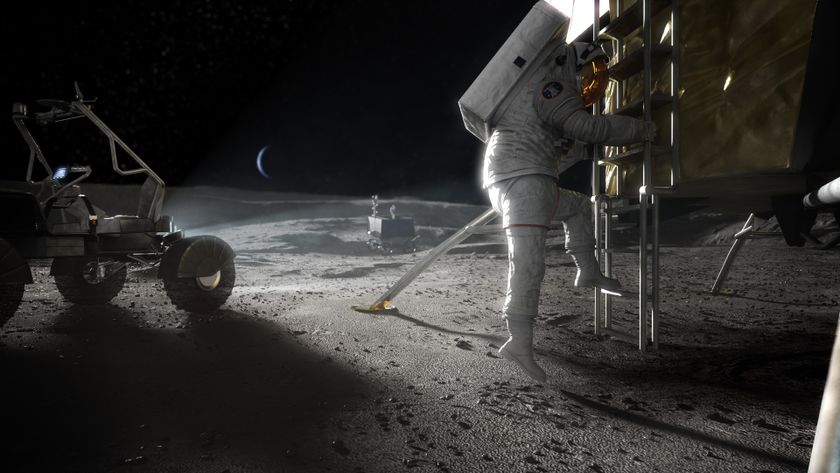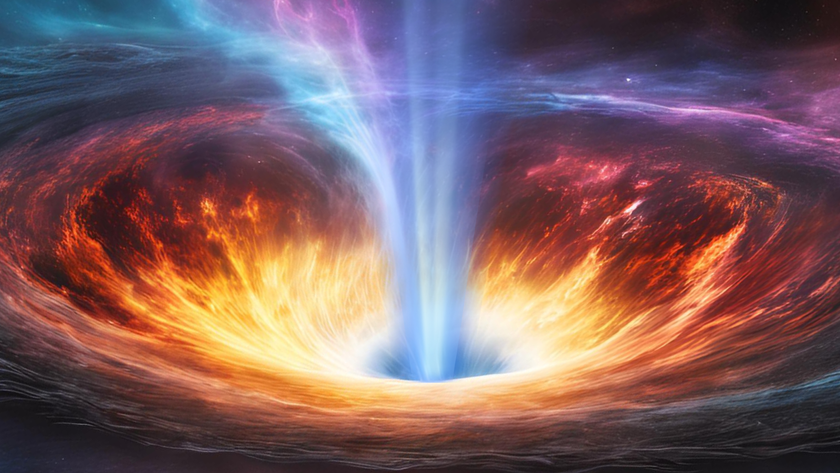Sally Ride, 1st US Woman in Space, to Be Awarded Medal of Freedom Posthumously
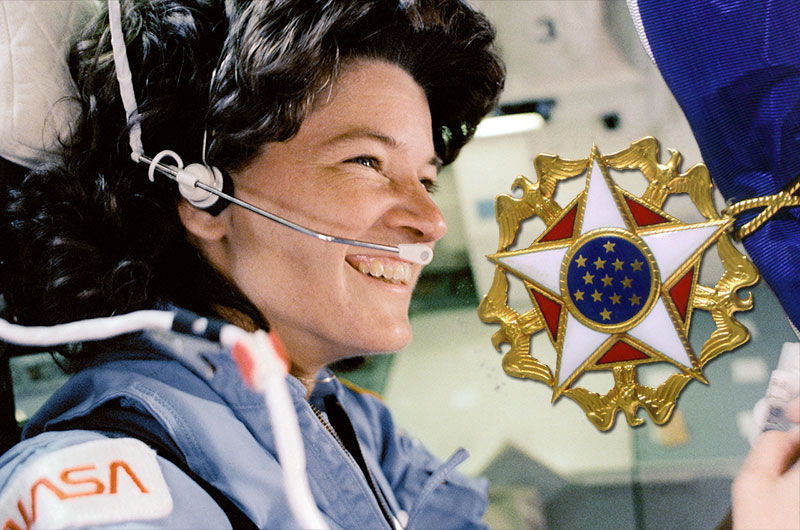
Sally Ride, the United States' first woman in space, will be posthumously honored with the country's highest civilian commendation and the renaming of a high-flying camera.
President Barack Obama announced on Monday (May 20) that Ride will be awarded the Presidential Medal of Freedomat the White House later this year. NASA further paid tribute to the late astronaut by creating a new internship program in her name and renaming a science instrument on board the International Space Station.
Ride, who after flying in space twice went on to become a leading advocate for science education, died on July 23, 2012, 17 months after she was diagnosed with pancreatic cancer. She was 61. [Sally Ride: First American Woman in Space (Pictures)]
Ride made her historic first spaceflight 30 years ago next month, on June 18, 1983.
"We remember Sally Ride not just as a national hero, but as a role model to generations of young women," Obama said in a statement released by the White House. "Sally inspired us to reach for the stars, and she advocated for a greater focus on the science, technology, engineering and math that would help us get there."
"Sally showed us that there are no limits to what we can achieve, and I look forward to welcoming her family to the White House as we celebrate her life and legacy," he added.
Since 1963, the Presidential Medal of Freedom has been awarded to individuals for "meritorious contributions to the security or national interests of the United States, to world peace, or to cultural or other significant public or private endeavors," according to the White House.
Get the Space.com Newsletter
Breaking space news, the latest updates on rocket launches, skywatching events and more!
Ride is only the ninth astronaut to be awarded the Medal of Freedom, joining the ranks of Mercury astronaut John Glenn, first moonwalkers Neil Armstrong and Buzz Aldrin, and Apollo 13 commander James Lovell, among others.
NASA is also recognizing Ride by renaming a camera on board the International Space Station (ISS) as the "Sally Ride EarthKAM."
The space station camera is a NASA outreach program enabling students, teachers, and the public to learn about the Earth from the perspective of space. During EarthKAM missions (periods when the camera is operational), middle school students can request that photos be captured based on their classroom investigations.
The resulting archive of Earth imagery and accompanying learning guides and activities support lessons in Earth and space science, geography, social studies, math and even art.
The project was initiated by Ride in 1995 as "KidSat" and first flew on three space shuttle missions (STS-76, STS-81 and STS-86) to test its feasibility. In 1998, the program was deemed successful and renamed ISS EarthKAM. The camera then flew on two additional shuttle missions (STS-89 and STS-99) before moving to the International Space Station in 2001 with the orbiting lab's first expedition crew.
The ISS EarthKAM camera has since been a permanent payload aboard the station, supporting about four missions annually.
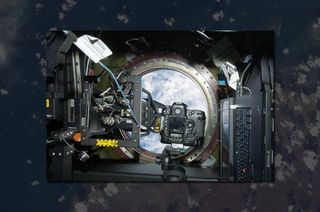
NASA's new Sally Ride Internship will help students from underserved backgrounds pursue a research interest at its nationwide centers. As many as 10 internships in total will be available in the spring and fall semesters of each school year, giving students the opportunity to work side by side with scientists and engineers.
NASA Administrator Charles Bolden announced the ISS camera's renaming and internship during a national tribute held on Monday evening (May 20) at the John F. Kennedy Center for the Performing Arts in Washington, D.C.
"Sally's impact on our nation and future generations of explorers is immeasurable," said Bolden, who served with Ride as a NASA astronaut in the 1980s. "Godspeed, Sally Ride, and thank you for reminding us to reach higher, break barriers and dream big."
NASA earlier memorialized Ride by naming the intentional lunar crash site for its twin "Ebb" and "Flow" moon probes as the "Sally K. Ride Impact Site." Ride led the mission's MoonKAM student imagery program through her work with Sally Ride Science.
The U.S. Navy also posthumously honored Ride with the christening of an auxiliary general oceanographic research ship. Set to join the fleet in 2015, the R/V Sally Ridewill be the Navy's first academic research ship named after a woman.
Follow collectSPACE.com on Facebook and on Twitter at @collectSPACE. Copyright 2013 collectSPACE.com. All rights reserved.
Join our Space Forums to keep talking space on the latest missions, night sky and more! And if you have a news tip, correction or comment, let us know at: community@space.com.

Robert Pearlman is a space historian, journalist and the founder and editor of collectSPACE.com, a daily news publication and community devoted to space history with a particular focus on how and where space exploration intersects with pop culture. Pearlman is also a contributing writer for Space.com and co-author of "Space Stations: The Art, Science, and Reality of Working in Space” published by Smithsonian Books in 2018.In 2009, he was inducted into the U.S. Space Camp Hall of Fame in Huntsville, Alabama. In 2021, he was honored by the American Astronautical Society with the Ordway Award for Sustained Excellence in Spaceflight History. In 2023, the National Space Club Florida Committee recognized Pearlman with the Kolcum News and Communications Award for excellence in telling the space story along the Space Coast and throughout the world.

